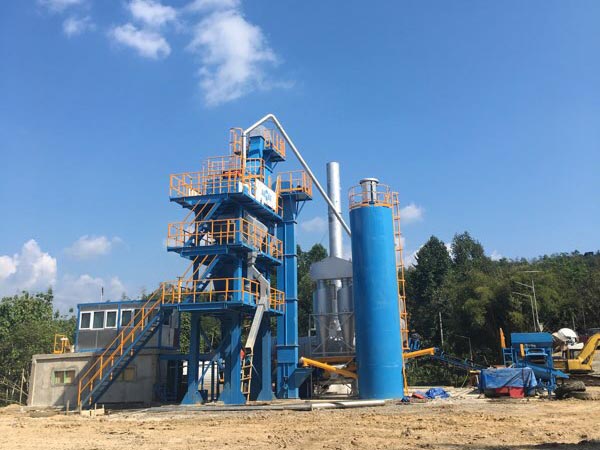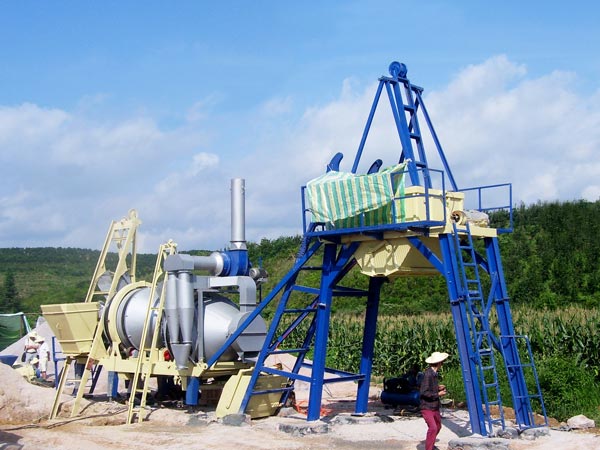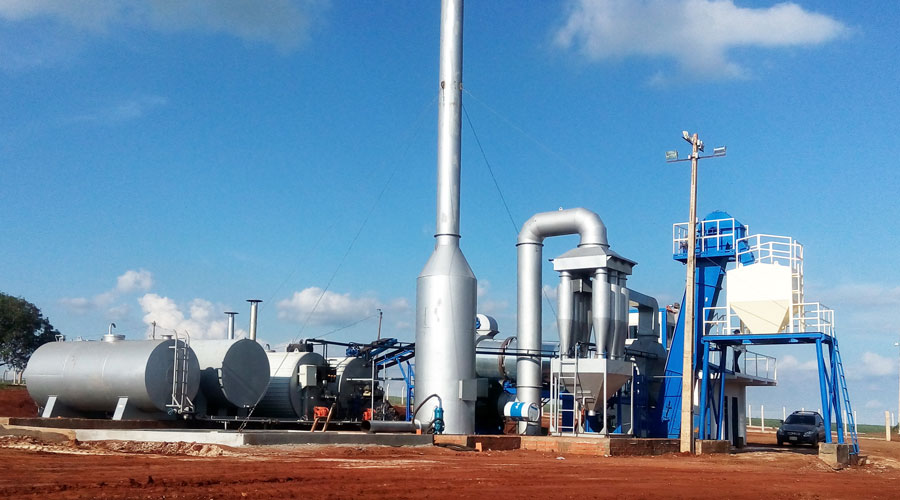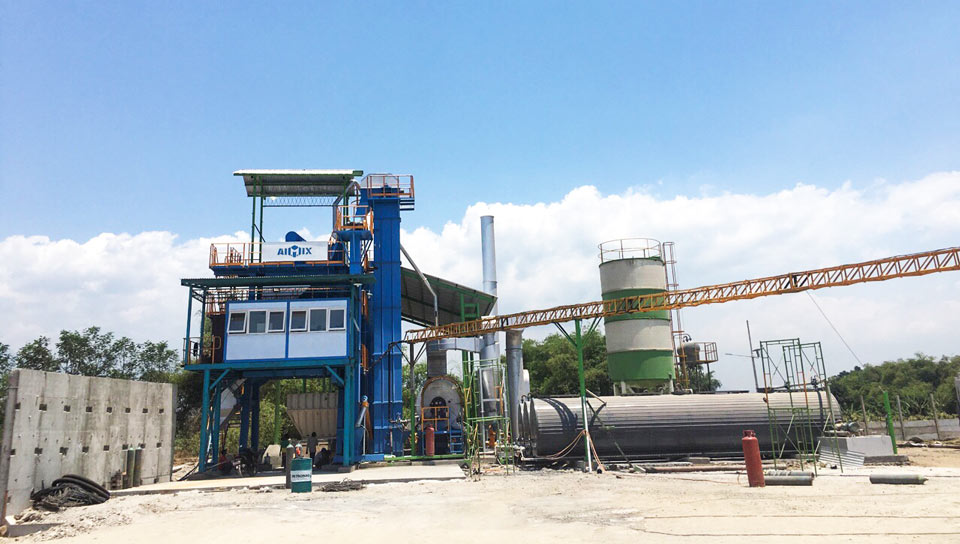Asphalt mixing is a crucial step in the production of asphalt concrete, a widely used construction material. Different types of asphalt plants employ various mixing processes to achieve the desired quality and consistency of the final product.
In this article, we will delve into the mixing processes of three main types of asphalt plants: drum mix, hot mix, and cold mix.

Drum Mix Asphalt Plants
Drum mix asphalt plants utilize a continuous mixing process within a rotating drum. Aggregates and bitumen are fed into the drum, where they are mixed together as the drum rotates. The drum is heated to ensure that the bitumen is properly coated onto the aggregates. This process produces a homogeneous mixture that is ready for paving.
Advantages of Drum Mix Plants
Continuous production: Drum mix plants can operate continuously, making them suitable for large-scale projects.
Energy efficient: These plants are relatively energy efficient compared to other asphalt mixing methods.
Cost-effective: Drum mix plants are generally less expensive to operate and maintain.

Disadvantages of Drum Mix Plants
Limited flexibility: The continuous mixing process makes it difficult to adjust the mixture composition during production.
Quality control: Achieving consistent quality can be challenging due to variations in aggregate size and moisture content.
Hot Mix Asphalt Plants
Hot mix asphalt plants use a batch mixing process, where aggregates are dried and heated before being mixed with hot bitumen in a separate mixer. This process allows for precise control over the mixture composition and quality.
Advantages of Hot Mix Plants
Flexibility: The batch mixing process allows for easy adjustments to the mixture composition, making it suitable for projects with varying requirements.
Quality control: Hot mix plants can achieve high levels of quality control due to the separate drying and mixing stages.
Wide range of applications: Hot mix asphalt is suitable for a wide range of paving applications, including highways and airport runways.
Disadvantages of Hot Mix Plants
Energy intensive: The heating and drying processes require a significant amount of energy, making hot mix plants less energy efficient than asphalt drum mix plants.
High cost: Hot mix plants typically have higher operating and maintenance costs compared to drum mix plants.

Cold Mix Asphalt Plants
Cold mix asphalt plants use a process where aggregates, bitumen, and additives are mixed together at ambient temperatures. This type of plant is suitable for small-scale projects or areas where hot mixing is not feasible due to environmental or logistical constraints.
Advantages of Cold Mix Plants
No heating required: Cold mix plants do not require heating, which reduces energy consumption and emissions.
Simple operation: These plants are generally simpler to operate and maintain compared to drum mix and hot mix plants.
Suitable for remote areas: Cold mix plants can be easily transported and set up in remote or difficult-to-access areas.

Disadvantages of Cold Mix Plants
Limited applications: Cold mix asphalt may not be suitable for all paving applications due to its lower strength and durability compared to hot mix asphalt.
In conclusion, asphalt mixing is a crucial process in the production of asphalt concrete for construction projects. Different types of asphalt plants, namely drum mix, hot mix, and cold mix, employ various mixing processes to achieve the desired quality and consistency of the final product. Each types of asphalt batch plants for sale have its own set of advantages and disadvantages, making them suitable for different project requirements and conditions. Drum mix plants offer continuous production, energy efficiency, and cost-effectiveness, while hot mix plants provide flexibility, quality control, and a wide range of applications. Cold mix plants, on the other hand, are suitable for small-scale projects or remote areas due to their simple operation and lack of heating requirements.